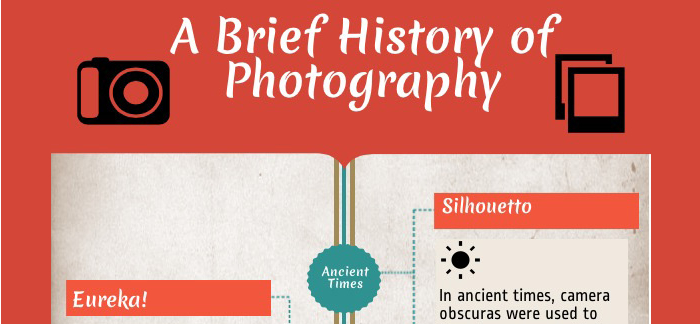There isn’t one Benetton ads controversy. There are several controversies. United Colors of Benetton is one of the few globally recognised brands that have a penchant for thought provoking ads. Most of their ads get people to start talking, mostly about contentious issues. And that is what makes them controversial. If you look at most of the ads, they would emerge as perfectly harmless and actually righteous but when you start questioning every element of a presentation or message and bring in one’s own prejudices, they become fodder for a new Benetton ads controversy.
For decades, the brand has been an outspoken organization and has always picked up relevant issues to showcase their standpoint but also at the same time promoting their brand. They are, at the end of the day, a business and they need to market their products.
• Among the many messages that became a part of the ongoing Benetton ads controversy was an advert, way back in 1991. There was a black woman (African), a white woman (Caucasian) and a yellow child (South East Asian). They were together wrapped up in a blanket of UCB. The image stood against racial discrimination and unity. But it also harped on controversial areas of same sex relationships and adoption among homosexual multiracial couples. There were takers and appreciators of the ad and there were conservatives who did not take kindly to the subtle message.
• Another image used in 1997 was supposed to raise awareness about world hunger. There was a man with an arm that had a prosthetic in the shape of spoon instead of a wrist, palm and fingers. It was a subtle way to express what hunger can do to the body but the graphic image did not go down very well with many well wishers as well as critics of the brand.
• One of the most contentious Benetton ads controversies was the image advertised in 1982. A black girl child and a white girl child hugged each other. What could have been a great display of antiracism turned into a display of good and evil! The white girl had red cheeks shining and jubilant like that of an angel, so was her hair. But the black girl had a serious face and hair styled like the two horns of a devil. Clearly, the photographer or the brand did not intend to put forth the blacks as the devil and the whites as the angel but that is what got conveyed.
There were many such instances when a new Benetton ads controversy had hit the headlines or the newsstands at major crossroads. Every time a new Benetton ads controversy pops up, there are new sets of questions for the brand to answer and for the general people to ponder over. For instance, the image that made the standpoint of the brand clear that it is against capital punishment did go down well with many but not so well with quite a few. People who did not want some crimes to be pardoned or given leniency did not take kindly to the ad. Capital punishment, for all its demerits and counter arguments, does become a deterrent. That has been proved numerous times through studies and research. There is little that can be illustrated through an ad but taking a stand without delving into the complications of any specific subject can be quite detrimental to the eventual objective of messaging something positive.
Similar to examples that have been cited in the past, Benetton released an ad many years back that showed three hearts, images of actual hearts that had white, black and yellow written on them. The hearts did not exactly look similar which raised one aspect of the controversy and the image was too real for exposure in widespread public domain. Also, there are debates as to the essentially of highlighting the difference colors of skin in simple terms because there is no uniformity of skin color even in the same race. There are always shades of various hues and it is the consistent problem with Benetton of oversimplifying things to keep their messages broadly relevant, subtle and popular.
The most recent and also the most contentious Benetton ads controversy is the one where they showed Pope Benedict XVI kissing Imam Sheik Ahmed el-Tayeb. The image of the two religious leaders in a lip lock drew the ire of many hardcore fans of the brand. UCB took down the ad within hours of it being released and put up, apologized to the Vatican but the latter is still taking legal action against the brand. The image was part of their unhate campaign which was launched globally and had been on for some time before putting up that ad. But the ad was outrageous for many and UCB did land itself into trouble.



